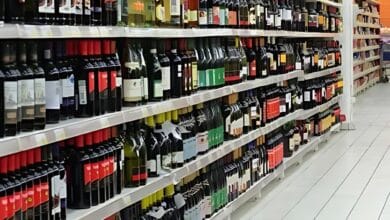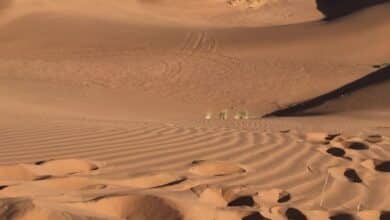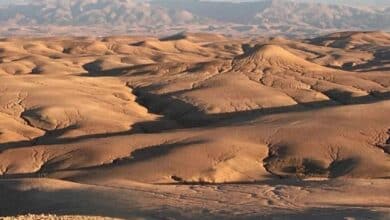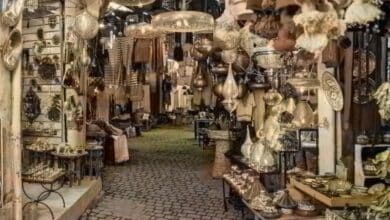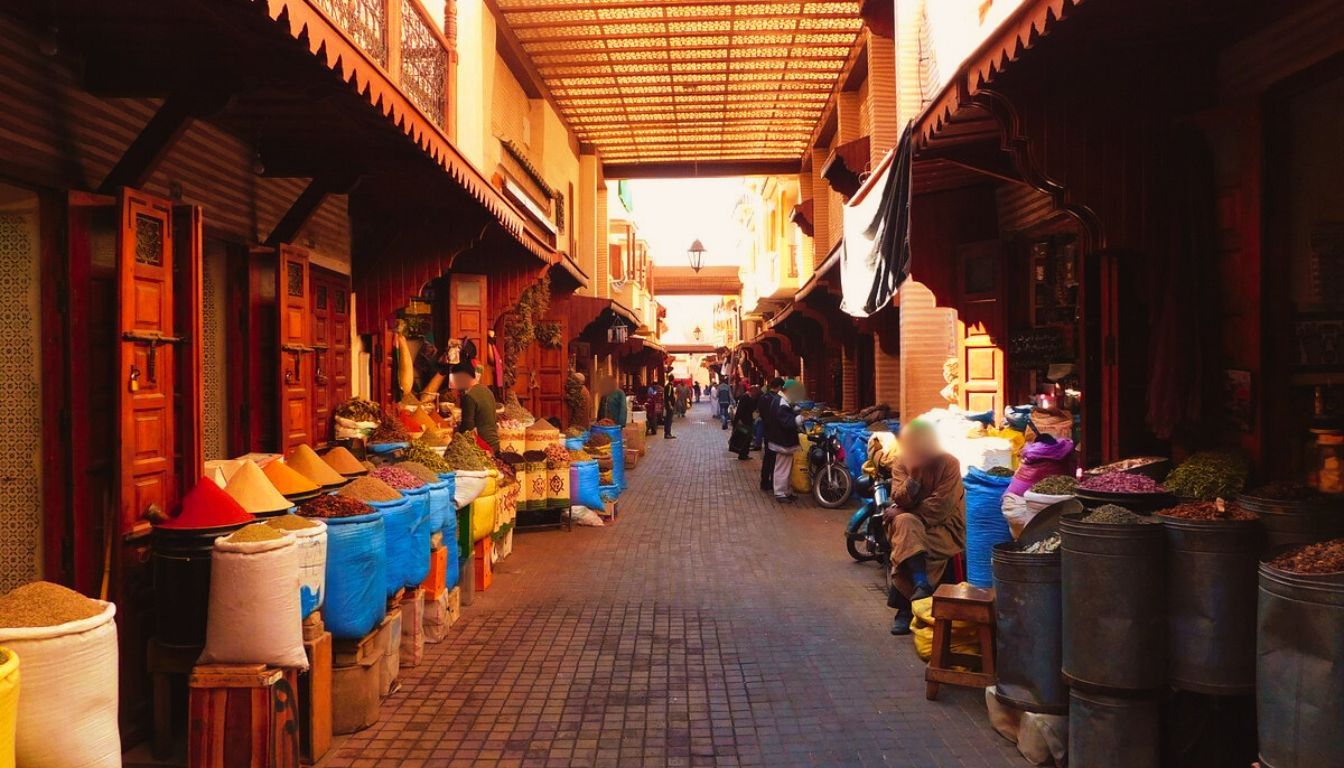
Explore the Mellah Marrakech – History and Culture.
Established in the 16th century, the Mellah of Marrakech is a historic Jewish quarter. It offers an immersion into a rich and multicultural past. This neighborhood, in the heart of Marrakech, is a true gem, home to cultural and historical wonders to be discovered.
Introduction to the history of the Mellah Marrakech
The history of the Mellah district of Marrakech dates back to the 16th century. It was established for Jewish families. The Mellah became an important economic and cultural center in Marrakech thanks to their expertise in trade and crafts.
The Medina of Marrakech is known for its vibrant architecture and ambiance. It covers 600 hectares and is the most populated in North Africa. Founded in 1071 by Youssef ben Tachfine, Marrakech was the capital of Morocco for 350 years.
At its peak, Marrakech had approximately 150,000 inhabitants. The Mellah district of Marrakech has undergone many changes. These changes were influenced by wars, epidemics, and famines.
The Mellah has retained its identity and traditions despite changes. In 2019, Marrakech welcomed nearly three million visitors. The city, with its high population density, is a testament to the region’s past and heritage.
Jews have been present in Morocco since the 2nd century BC. Jewish migrants from Spain arrived in the country in the 7th century to escape persecution. The Almoravids led a religious crusade in the 11th century, but tolerated Jews as dhimmis. This coexistence created the unique character of the Mellah district of Marrakech .
The emblematic Synagogues of the Mellah
The Mellah of Marrakech was once a spiritual center for the Jewish community. Today, only three synagogues remain from the old days. The most famous Mellah synagogues in Marrakech are the Lazama Synagogue and the Slat Al Azama Synagogue .
Lazama Synagogue
The Lazama Synagogue is very old and demonstrates the strength of the Jewish community. It was built for Jews expelled from Spain in 1492. Its interior is decorated with intricate patterns and frescoes, demonstrating its historical significance.
Slat Al Azama Synagogue
The Slat Al Azama Synagogue was built in 1492, like Lazama. It is the center of Marrakech’s Jewish community. A women’s wing was added after the 1950s. Admission costs 10 dirhams in 2024, less than one euro, to visit its architecture and the Jewish Museum.
The Mellah was established in 1582 by Sultan Abdallah Al-Ghalib. It was heavily populated in the 1940s. Today, it attracts many tourists thanks to its synagogues, as this detailed article explains.
Architecture of the Mellah district of Marrakech
The Mellah district in Marrakech is a testament to Moroccan Jewish history and an architectural masterpiece. It was founded in 1558 by Sultan Abdallah al-Ghalib. At its peak, it housed up to 35 synagogues, but only three remain today. This district, once important for trade, is characterized by its beautiful buildings and narrow streets.
King Mohamed VI recently allocated more than US$20 million to restore the Mellah. Today, the district is a tourist attraction, demonstrating the resilience and cultural diversity of its inhabitants.
Traditional Moroccan Jewish Dishes
Moroccan Jewish cuisine is a blend of flavors and traditions. Dafina , a family Shabbat stew, and sfenj , fried doughnuts, are signature dishes. Spices, often purchased at Marrakech’s spice markets , add a unique depth.
Despite the dwindling Jewish population, culinary traditions persist, offering visitors a glimpse into Moroccan-Jewish history and culture.
Exploring the Spice Markets
The Mellah is famous for its spice markets in Marrakech . These markets offer a rich sensory palette with spices like cumin, saffron, and ginger. Herbs, fabrics, jewelry, and body care products are also sold.
By visiting these markets, we discover the essence of the local culture. We understand how these products influence Moroccan Jewish cuisine .
Exploring the Mellah reveals the history and beauty of its architecture. The neighborhood interacts with the life of the markets, offering an unforgettable cultural and gastronomic experience.
Heritage and traditions of the Mellah of Marrakech
The Mellah Heritage Marrakech was founded in 1558 by Sultan Abdallah al-Ghalib. Since then, it has maintained a rich cultural tradition. This district is a symbol of cultural coexistence and attracts many tourists.
In 1492, Jews fled to Marrakech after their expulsion from Spain. The Mellah experienced a period of prosperity in the 1940s, with over 40,000 inhabitants. Landmarks such as the Lazama Synagogue and the Jewish Cemetery of Miâara demonstrate the tradition of this neighborhood.
The coexistence of cultures in the modern Mellah
Today, the Mellah of Marrakech still demonstrates the cultural coexistence of the Mellah . The Jewish population has declined since Morocco’s independence, but about 200 people maintain the traditions. The restoration of the neighborhood, funded by King Mohammed VI, has revived the Mellah.
Cultural coexistence in Mellah is also evident in its crafts. Since the 16th century, crafts have been an important part of the neighborhood. The lively souks showcase ancient manufacturing methods.
The stories of the mellah’s inhabitants reflect a rich tradition. They bear witness to a history marked by tolerance and cultural exchange. This diversity and sharing are timeless markers of the mellah’s identity.
Conclusion
The Mellah of Marrakech is a living testament to the city’s culture and heritage. It was created in the 16th century by Sultan Abdallah al-Ghalib. Since then, it has witnessed many important events.
In 1492, many Jewish families were expelled from Spain and arrived here. The 17th century was a period of prosperity for the Mellah, becoming an important commercial and social center.
Despite a decline in population after Morocco’s independence, the Mellah continued to be a center of commerce and craftsmanship. In 2016, King Mohammed VI invested over $20 million in its restoration. Today, the neighborhood is once again bustling with life.
The synagogues and houses have been renovated. The street names recall the area’s Jewish history. This gives new energy to the Mellah.
To visit the Mellah today is to discover a rich and vibrant cultural mosaic. The alleys of the Mellah are full of secrets and stories. It’s a journey through time and tradition.
The Mellah of Marrakech is a call to discover the magic of this unique place. It’s an experience that immerses you in a deep history and tradition.

